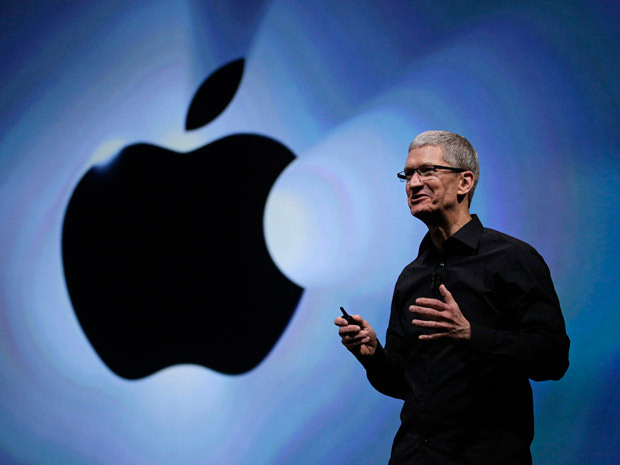
Apple is increasing iPhone shipments from India to the U.S. to counter steep tariffs on Chinese goods, sources familiar with the matter said, according to a report by The Wall Street Journal.
The company views this as a short-term fix while seeking an exemption from President Trump’s tariff policies—a tactic that succeeded during his first term, the report noted.
Tariff Impact and Apple’s Response
Trump’s new tariff package, unveiled April 2, 2025, imposes at least a 54% levy on Chinese imports and a 26% rate on Indian goods. He threatened further hikes if China doesn’t drop its retaliatory duties.
The iPhone, accounting for about 50% of Apple’s revenue, feels the strain due to its China-centric production. This vulnerability sparked a 19% stock drop—the worst three-day plunge in nearly 25 years—amid investor concerns.
To soften the blow, Apple flew five planes of iPhones and other products from India to the U.S. in late March, a senior Indian official confirmed to The Times of India. Completed in three days, these shipments dodged a new 10% U.S. tariff effective April 5.
Sources said Apple rushed inventory from India and China to U.S. warehouses, stockpiling for months despite a typically slow shipping season.
Production Numbers and Costs
Bank of America analyst Wamsi Mohan said Apple was on track to make 25 million iPhones in India this year before tariffs hit. Normally, 10 million stay in India, but redirecting all to the U.S. could meet 50% of American demand.
TechInsights estimates the 54% China tariff could add $300 to the $550 hardware cost of an iPhone 16 Pro, which retails at $1,100. Importing from India, with its 26% tariff, halves that extra cost.
Why Not the U.S.?
Trump wants a U.S. manufacturing boom, but analysts and suppliers see iPhone production stateside as impractical. Wedbush researchers pointed out that if customers desire a $3,500 iPhone, it should be manufactured in New Jersey or Texas, highlighting that the expenses go well beyond tariffs.
India’s Growing Role
Since 2017, Apple has assembled iPhones in India with partners like Foxconn, starting with older models and now including the latest. This “substantial transformation” from parts to phones labels India as the origin, cutting China risks and India’s import taxes—a win in a booming smartphone market.
Still, China’s vast supplier network and skilled labor keep it central. India’s 26% tariff versus China’s 54%—a 28-point gap—makes it a safer bet. Apple drives most of India’s $9 billion in smartphone exports to the U.S., though shifts depend on final tariff terms.
Beyond iPhones
Apple is investing in U.S. production for AI servers, like those for Apple Intelligence. In February, it pledged over $500 billion through 2029 for U.S. manufacturing, including advanced chips from Taiwan Semiconductor in Arizona—moves Trump touted as policy wins. Vietnam, with a 46% tariff, produces AirPods, Apple Watches, and iPads, but Trump hinted at a better deal after talks with its leader.
Stockpiling Strategy
The March shipments help Apple maintain prices for now, The Times of India reported. Goods at lower duties “temporarily insulate” the company, a source said, though new shipments face higher rates. Any price hikes would likely hit globally, not just the U.S., affecting demand and margins in markets like India, the source added.
Looking Ahead
Apple sees the tariff climate as too unstable for major supply chain shifts, the Wall Street Journal report emphasized. It expects India’s role to grow but believes long-term investments stay tied to China. The company is analyzing how tariffs across regions will shape its strategy.
